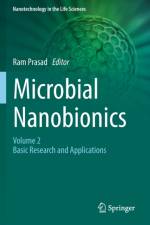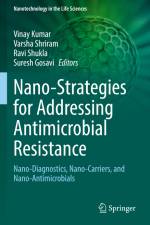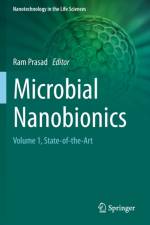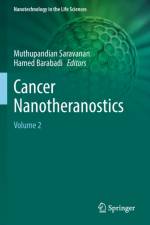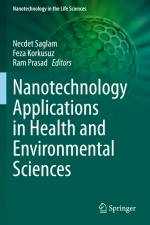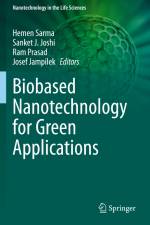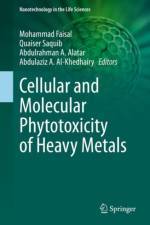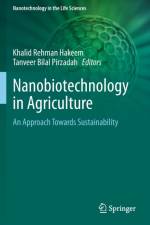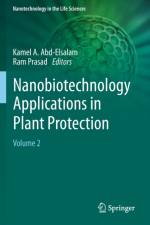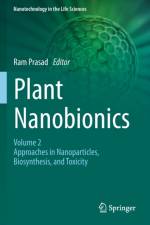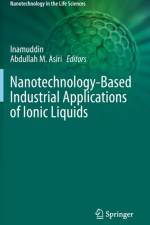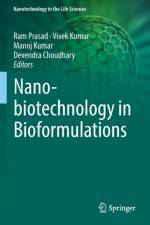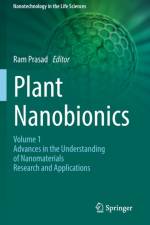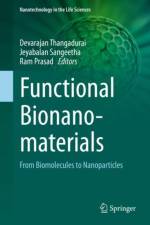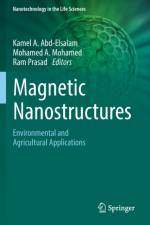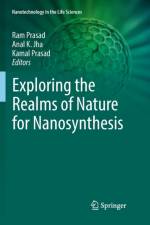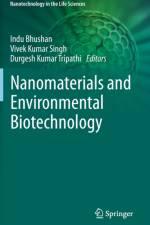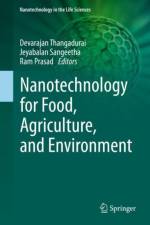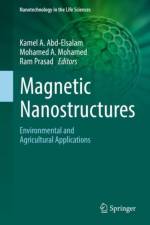1 999
Preface1. Role of nanotechnology in Food safety and production, increasing agricultural yield, and improving environment Abdulbasit A. Aljanabi (Iraq)2. Electrospun nano biopolymers: application in active packaging for food preservationNeda Aliabasi, Zahra Emam-Djomeh, Gholamreza Askari, Maryam Saadat (Iran)3. Nanotechnology-based applications in FisheriesShobana Manoharan, Raghavan Kuppu, Ramesh Uthandakalaipandian (India) 4. Food-based nanocarriers for bioactive compounds: fabrication, characterization and release studies Mehdi Mohammadi, Zahra Emam-Djomeh, Maryam Salami, Shima Momen, Gholamreza Askari (Iran)5. Nanoparticles incorporated soy protein isolate films Stansfield White and Rakesh Kumar (United States)6. Nanoencapsulation as a tool for food fortification and preservationHasan Jalili and Mahsa Sedighi (Canada)7. Formulation, characterization and potential application of nanopreparation in food and medicine Ashutosh Bahuguna and Myunghee Kim (Republic of Korea)8. Nanobiotechnology and it''s applications in agriculture and food productionPriyanka, Anurag Yadav and Kusum Yadav (India)9. Green Synthesized Nano Materials Applicable for Controlling Plant Pathogens Asadollah Ahmadikhah, Anahita Kharabi Masooleh, Zohreh Panahi (Iran)10. Synthesis and Applications of Nanoparticles for Revolutionizing the Agriculture Sudhakar Malla (India)11. Revolutionizing crop yield through nano-enabled saviorsSwapnil Gaikwad, Shatavari Kulshrestha, Sarika Pawar, G. D. Tandon, Neelu Nawani (India)12. Nanotechnology: an emerging tool for sustainable crop production under changing climateAkbar Hossain, M. Mahfuz Bazzaz, Mohammad Farooq, Md. Tofazzal Islam, Nawfel Abdullah (Bangladesh) 13. Role of myconanoparticles as potential pest control agents Ajay Kumar Gautam, Shubhi Avasthi (India)14. Nanotechnology and its application on Post harvest Management of Vegetable crops U. Thapa, R. Mondal and S. Nandi (India)15. Advances in agronanotechnology and future prospects Kalaivani Nadarajah (Malaysia)16. Nano pesticides and nano fertilizers application in the agricultural productivity Devarajan Thangadurai, Jeyabalan Sangeetha, Ram Prasad, Reza Mohammed, Steffi Simi Maxim (India and China)17. Chitosan based nano-formulations for wastewater remediation Manish Kumar, Amandeep Brar, V Vivekanand, Nidhi Pareek (India)18. Nanobiotechnology for treating emerging nanocontaminants: impacts on food and environment Anthony A. Adegoke, Olajide J. Akinjogunla, Samuel Eduok (Nigeria) 19. Application of nano-technology for bioremediation of heavy-metals in wastewater management Shanthala Mallikarjunaiah, Mahesh Pattabhiramaiah and Basavaraj Metikurki (India)20. Nanoparticles and their role in bioenergy productionAmandeep Brar, Manish Kumar, V Vivekanand, Nidhi Pareek (India)21. Impact of nanomaterials

